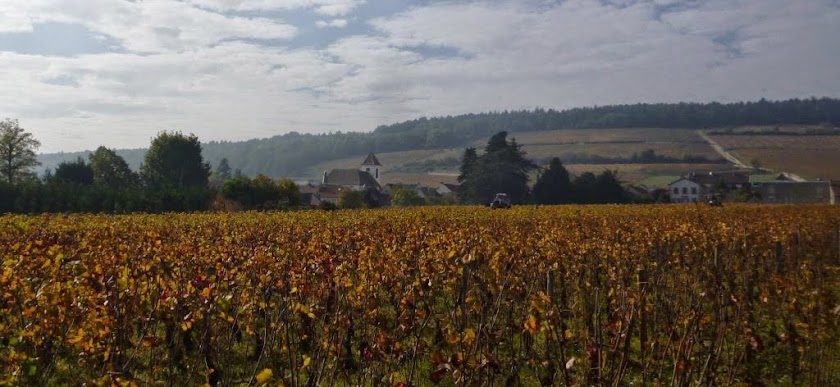The 1997 reminded me of dark chocolate-covered raisins and had a lovely soft texture with plenty of glycerine. It had a great finish with a hint of liquorice. Apparently it was bottled in 2020, so had seen 23 years in cask. I was favourably impressed. The 1995 had some figs on the nose but was lacking structure on the palate - G referred to it as fortified grape juice. It was very pleasant, but not quite the real deal. They were both from the same vineyard and had a similar time in barrel, so this difference was purely down to vintage variation.
The 1992 was a similar colour, but had a more subdued nose with a whiff of varnish. It was perhaps sweeter and more obvious, with notes of toffee, caramel and dried orange peel. A comparison was drawn between dark Lindt almond chocolate for the '74 and Curly-Wurly for the '92. They both have their place...
It appears from my notes that G got carried away and we also tried the 2005 on the same evening. Notes were becoming sparse by this stage, but the overall impression was that it was pleasant but lacking in complexity, and possibly a bit young.
Here we have a pair of LBVs from 2014 and 2015. The 2014 had dried fruit, particularly prunes, and seemed young. The alcohol was a little harsh and not very well-integrated, perhaps because it had only had six years in barrel.
The 2015 was significantly darker and had a more subtle nose - G described it as dumb. For me, it was more balanced, softer and more mellow. It was young, fruity and exuberant and reminded me of the young ports we've had from Niepoort.
We also tried this 2007 Colheita, which had dried apricots, prunes and glace cherries on the nose. On the palate it had notes of orange and chocolate and I thought it was pretty good. My only criticism was a slight alcoholic burn on the finish.
The "Very Old" was fascinating. G told me that it was from 1970. It wasn't as sweet as the 1981 and had more complexity. I got orange and dark chocolate and also some herbaceous notes, possibly menthol or ginger. This really was astonishing stuff. I don't think it's available in bottle, so it was an absolute treat to get to taste it.
We had a couple of other ports in recent weeks. I failed to take a pic of the 20 year old Taylors tawny bottled in 1982. This was the colour of gravy. On the nose, G got spruce varnish while I got some heady sweet notes that reminded me of icing sugar or possibly candied nuts. Not unpleasant. On the palate, it delivered a massive frontal hit (G's phrase) and had a spicy finish, with some heat as it went down. It was very disjointed. We weren't sure we would identify it as port blind. "Fucked up but oddly good with chocolate gingers" was the verdict. My take home point was that tawny port doesn't benefit from time in bottle.
And finally, we had this Niepoort Crusted port bottled in 2014. G informed me that a crusted port is a non-vintage bottled relatively young, which forms a sediment. This was like alcholic Ribena. It was very winey, typical of Niepoort, with a freshness and charm which made for easy drinking. I was pleased to discover that G got it for a remarkably low price.
Thanks very much to G for giving me the chance to try all of the above - I feel like I learned a lot!







